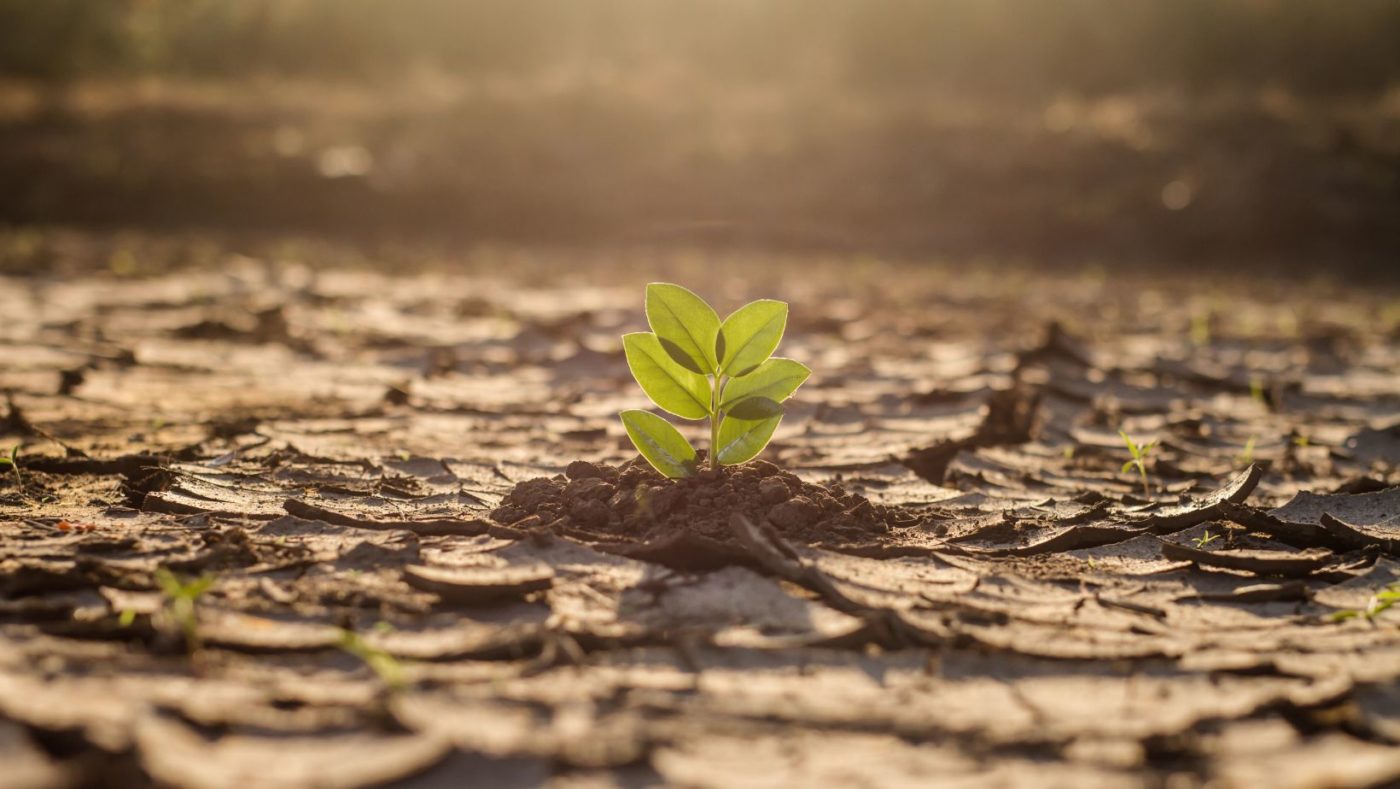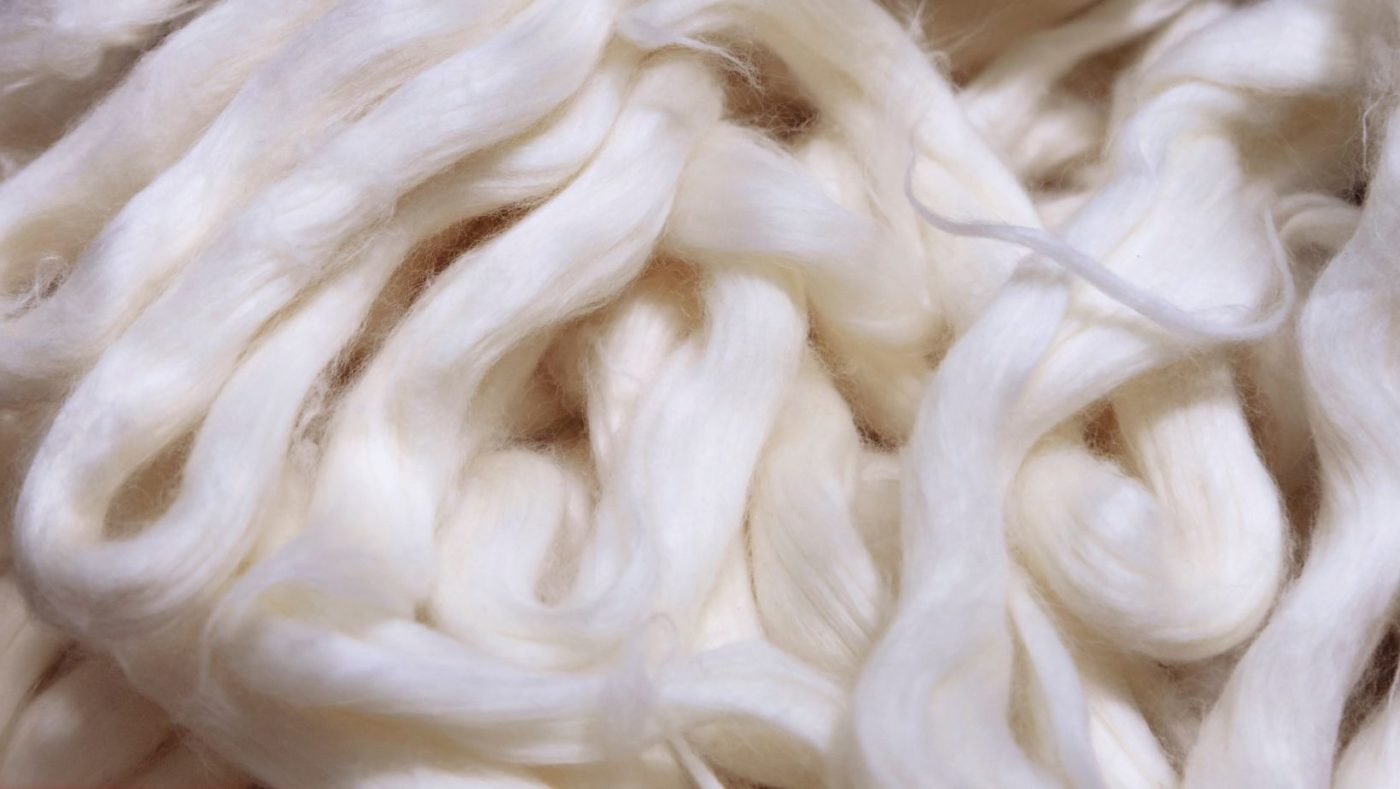Blog
Toward Spinning Greener Advanced Silk Fibers by Feeding Silkworms with Nanomaterials
Silk is a luxurious natural fibre that has been highly prized for thousands of years due to its lustre, softness, and durability. However, the traditional methods of producing silk involve using harmful chemicals and processes that can be detrimental to the environment. As such, there is a growing interest in developing more sustainable and eco-friendly methods of producing silk.
“Feeding silkworms with nanomaterials to produce silk is a fascinating area of research with great potential for the textile industry. By incorporating nanoparticles into silk fibres, we can create advanced materials with improved properties that you could use in various applications,” says textile expert Amelie Fowler from Fabric.
What Is Nanomaterial Diet?
One such approach is to feed silkworms with nanomaterials, which can produce greener and more advanced silk fibres. This innovative technique is still in its early stages, but it has already shown promising results in making silk with improved strength, elasticity, and other desirable properties.
A nanomaterial diet for silkworms involves feeding them mulberry leaves coated with carbon nanotubes and graphene nanoparticles. When silkworms consume the nanoparticle-coated mulberry leaves, the nanoparticles are absorbed into their bodies and can accumulate in their silk glands.
As the silkworms spin their cocoons to produce silk, the nanoparticles are incorporated into the silk fibres, resulting in advanced silk fibres with more potent and durable properties.
The textile industry is moving towards innovation, and so is silk, so here are the reasons why feeding silkworms with nanomaterials is better than a traditional diet:
1. Enhanced Silk Properties
Incorporating certain types of nanomaterials, such as graphene oxide or carbon nanotubes, into the diet of silkworms has been shown to produce silk fibres with enhanced properties, such as increased strength and toughness. This could have potential applications in industries such as textiles or biomedicine.
2. Controllable Biodegradability
Nanomaterials can be designed to break down into harmless components when exposed to specific environmental conditions, such as moisture, heat, or light. This allows for greater control over the degradation of the materials and can reduce the ecological impact of silkworm farming.
3. Improved Growth and Development
Nanoparticles can enhance the nutrient content of the silkworm’s diet, providing essential minerals and vitamins that are lacking in traditional feed. This could lead to better growth and development of the silkworms.

4. Reduced Environmental Impact
Feeding silkworms with nanomaterials can also reduce the environmental impact of silkworm farming. Experts can design nanomaterials to convert feed into biomass more efficiently, reducing the waste silkworms produce.
Marvel at the Innovative Future Of Silk with Everything Silkworms
Silk fibres have been treasured for centuries for their unique properties, strength, lustre, and softness. However, with new technologies and materials, there is now an opportunity to push the boundaries of what silk fibres can do.
Everything Silkworms offers a variety of high-quality silkworm products and services, including live silkworms, silkworm eggs, silkworm food, and educational resources on silkworm rearing.
Contact us now and get started with your silkworm for your business or personal use.

